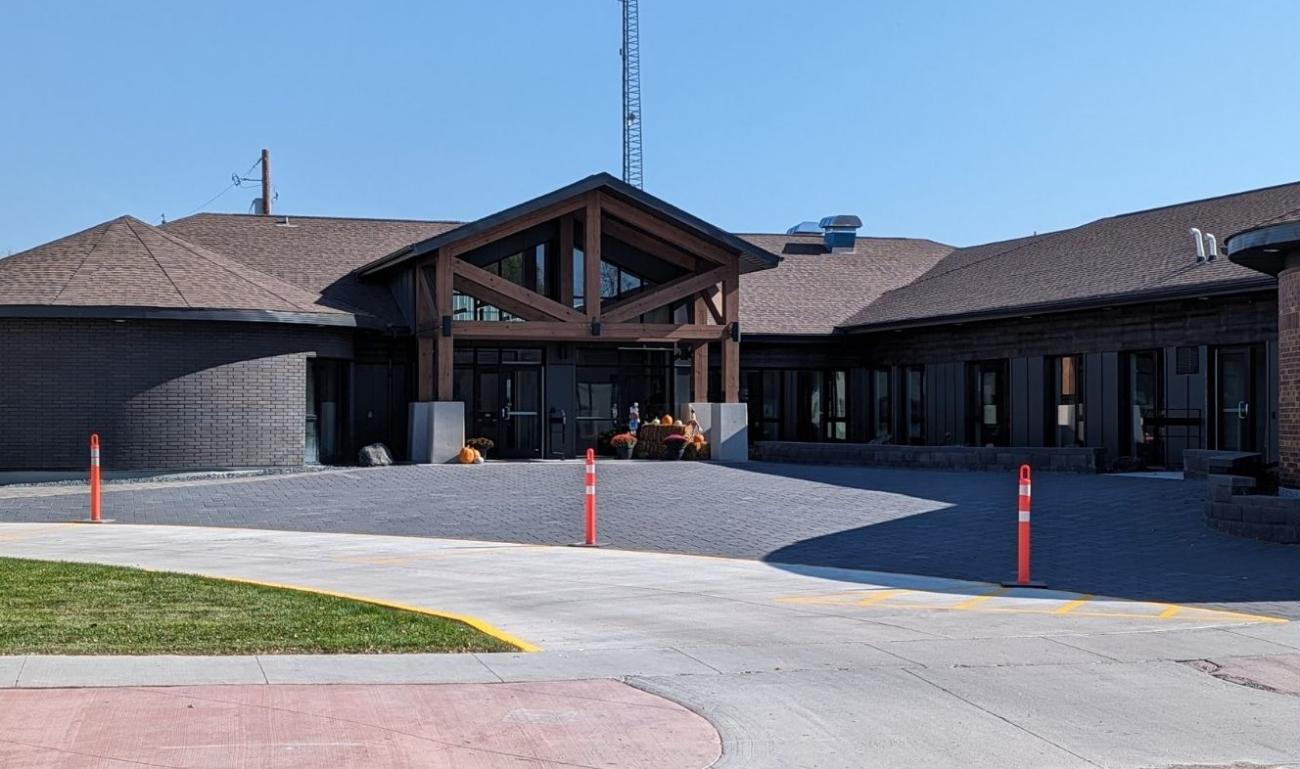This month, the RM of Ritchot announced two new initiatives designed to promote more affordable housing options.
The first is a plan to sell or lease 1.29 acres of RM-owned land in Ste. Agathe to a developer who can demonstrate a plan to create affordable, supportive, and mixed-income housing.
The second is the launch of $100,000 in funding through a new initiative called the Multi-Family Sustainable Housing Infrastructure Program (MFSHIP). This new municipal program is made possible through the Canadian Mortgage and Housing Corporation (CMHC) and the federal government’s Housing Accelerator Fund.
“We’re creating the conditions to get housing built sooner,” says CAO Shane Ray. “By combining land opportunities with targeted infrastructure funding, we’re supporting developers and community organizations who are ready to make an impact.”
Until the end of this year, the RM will be accepting applications from interested developers for the property in Ste. Agathe, which is bordered by Samoiset Avenue to the east and Highway 75 to the west.
Council will reach the approval stage by the spring of 2026.
“I would fully expect these to be something that blends into the existing community,” says EDO Ryan Faucher. “The side-by-side duplex type would be what I would anticipate here. That’s really up to the builder or developer to promote. They can come up with any kind of design that fits that multi-family requirement.”
According to Faucher, this stretch of land is among the last available plots eligible for residential development in Ste. Agathe. Based on a duplex or triplex standard, he sees anywhere from six to eight units fitting into this space.
Further to the release of that land, the MFSHIP is designed for developers of affordable housing builds anywhere in the RM.
Through this fund, a $5,000 per-unit grant can be obtained, to a maximum of $50,000 for a project, and used towards infrastructure costs such as water and sewer installation.
These financial breaks are intended to trickle down to the consumer or renter.
According to CMHC guidelines, developers accessing funding are expected to restrict rental costs of their units to no more than 30 percent of the renter’s income.
“Our goal here is to help provide housing to young people who are potentially looking for their first place,” Faucher says. “As well, the seniors at the retirement end who may be downsizing and going onto limited pension incomes.”
Results from a survey put out by the RM a year ago demonstrate that these demographics are generally struggling to find affordable local housing.


